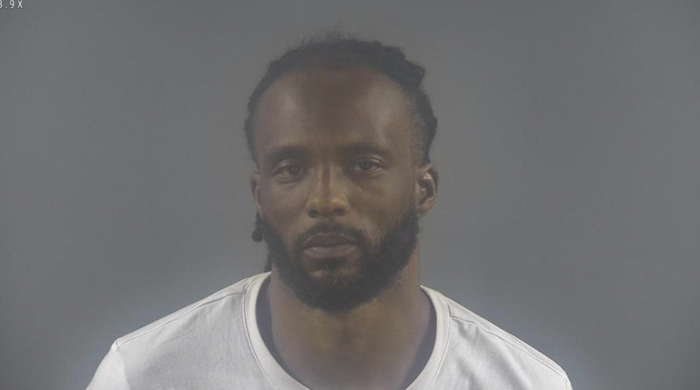Attorney for Glasgow man makes case for restoring wrongful death suit
Published 6:00 am Tuesday, April 1, 2025

- Jeremy Marr
A ruling is due on whether to reinstate a dismissed wrongful death lawsuit against three Glasgow Police Department officers, and attorneys on both sides have staked out their respective arguments.
U.S. District Court Chief Judge Greg Stivers granted summary judgment in favor of officers Guy Turcotte, Hayden Phillips and Cameron Murrell, determining in a January ruling that the officers did not use excessive force while detaining Jeremy Marr on April 14, 2020.
Marr, 35, encountered the officers outside a house he was accused of unlawfully entering.
Trending
Officers attempted to get Marr to comply with their orders, and he was brought to the ground as they attempted to handcuff him.
A stun gun was deployed multiple times against Marr, who became unresponsive several minutes after first encountering the officers.
He was pronounced dead that day at an area hospital, and an autopsy determined Marr’s cause of death to be “agitated/excited delirium complicating acute methamphetamine intoxication during the process of law enforcement arrest.”
Marr’s estate filed suit against the officers in U.S. District Court, accusing them of excessive force, wrongful death, battery and negligence.
The city of Glasgow was also named as a defendant and accused of negligence in the hiring, retention, supervision and training of the officers.
Stivers’ ruling found that the officers had qualified immunity from legal liability for their actions, finding that they had probable cause to arrest Marr for burglary and acted reasonably in using physical force to make the arrest, and that Marr actively resisted being handcuffed.
Trending
Attorney David Broderick, representing the Marr estate, filed a motion requesting the judgment be vacated or amended, arguing that body camera footage from the incident does not clearly establish whether Marr was resisting arrest or if he was left physically incapable of complying with officers’ commands due to being straddled by one officer while being tased by at least one other, and that the question should have been left up to a jury’s verdict.
Broderick also argued that, because evidence showed that Marr believed he was being chased and that he entered the house seeking safety, the question of whether he actually committed a crime was also an issue for the jury.
Attorny Matthew Cook, representing the defendants, argued in a response filed March 13 that the officers had probable cause that a crime had been committed and acted properly in detaining Marr.
“The officers knew Marr had made uninvited entry into a stranger’s home. They knew Marr was behaving strangely, repeatedly yelling that people wanted to kill him,” Cook stated in his response to Broderick’s motion. “And they knew Marr was refusing to leave the residence, against the occupant’s wishes. Ther personally observed Marr exiting the home he had just burglarized. He acted erratically, stated he had a knife on his person and made repeated furtive movements toward his pockets while looking around as if for an escape route.”
Cook also argued that the footage from Turcotte’s body-worn camera established Marr’s resistance to police commands, noting that the officers told him repeatedly to stop pulling away and to stop moving around as they attempted to handcuff him.
The officers did not violate their internal policies concerning how they deal with persons with diminished capacity and how they respond to resisting subjects, Cook argued, saying that while internal GPD policy recommends a single taser deployment, “Marr continued to fight the officers after the initial deployment, justifying the additional uses.”
Broderick filed a reply to Cook’s response on Wednesday, noting his objection to the court’s consideration of the age of the 89-year-old homeowner whose residence was burglarized in ruling in favor of the officers.
Broderick contended that Marr did not target the woman’s home because of her age and that he was not observed by police inflicting or threatening harm upon her.
Further, the age of the homeowner was not known to the officers when they were first dispatched to the address.
“Therefore, the victim’s age did not affect the amount of force officers exerted against Marr and was erroneous for the court to consider the victim’s age in its analysis of the severity of the crime,” Broderick’s reply stated.
Broderick also maintained that the police violated their own internal policies and used excessive force against Marr, whose behavior at the scene “demonstrated that he was in mental distress, not that he was committing an intentional crime.”
Additionally, the body camera footage does not clearly establish whether Marr was resisting arrest or attempting to comply with commands but was physically unable to do so “because the officer straddling him had a hold of his arms,” the filing from Broderick said.
“Any ambiguity or open question (such as whether Marr was attempting to comply but could not) is best left for a jury to decide,” Broderick said in his reply.






